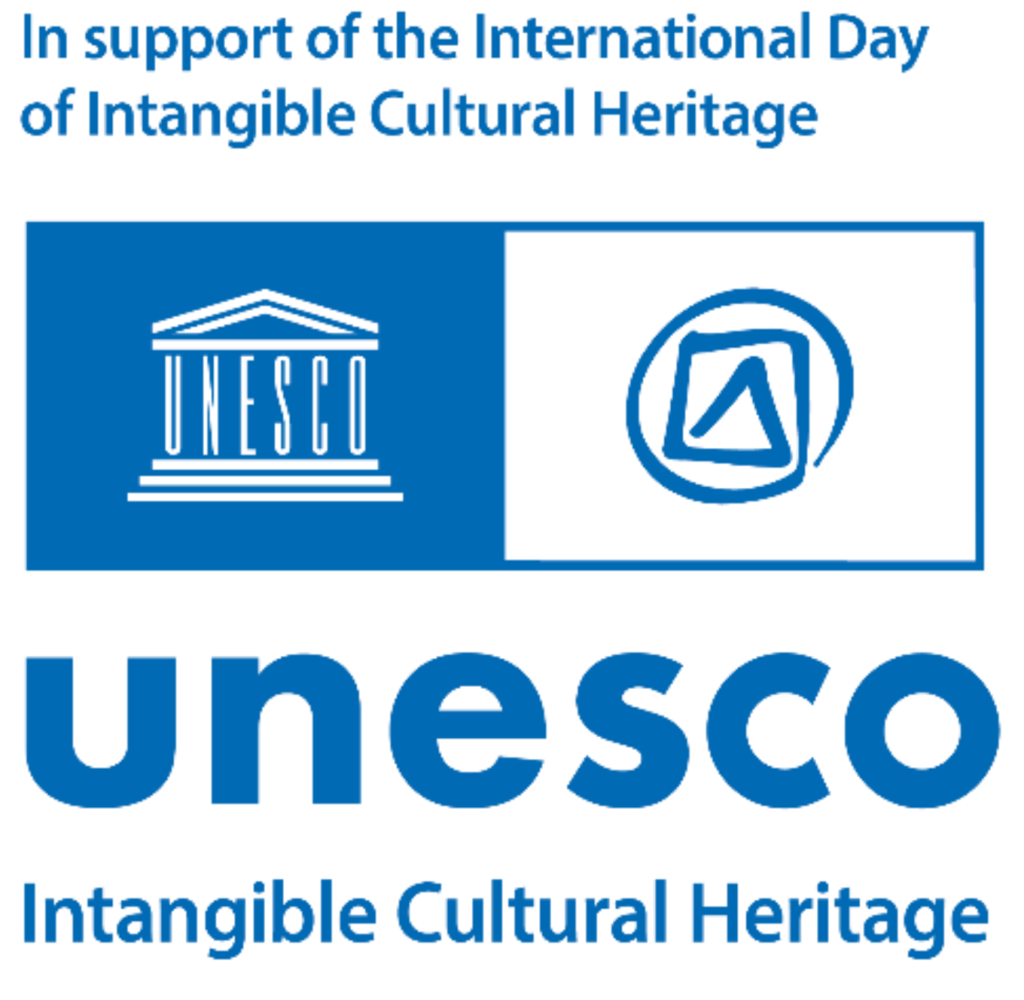
UNESCO Chair on Intangible Cultural Heritage and Comparative Law, University of Rome Unitelma Sapienza
![]() 17-10-2025
17-10-2025
![]() Multiple cities (Italy)
Multiple cities (Italy)
On October 17, 2003, UNESCO adopted the Convention for the Safeguarding of the Intangible Cultural Heritage. In honour of the occasion, already last year the UNESCO Chair on Intangible Cultural Heritage and Comparative Law of University of Rome Unitelma Sapienza has promoted a nationwide initiative that, through differentiated educational and training activities, brings the 2003 UNESCO Convention to elementary, middle and high schools, to raise awareness and increase knowledge about Intangible Cultural Heritage through education, one of UNESCO’s primary missions. Following the positive response to last year’s pilot, this year’s 2nd edition expanded significantly, with participation doubling nationwide.
This experimental project stems from the conviction that it is of utmost importance to stimulate these kinds of reflections precisely in the new generations, to make sure that what has connoted the history and continues to connote the present of communities (that is, those knowledges, traditions and practices which, being transmitted from generation to generation, define their identities) won’t be lost in the future.
With the help of a “toolkit” elaborated by the UNESCO Chair, containing supplementary didactic materials, PowerPoint slides, audiovisual content and proposals for activities to be carried out in the classroom with students, on the 17th of October teachers will be able to create opportunities for interpersonal and intercultural encounters and exchanges on the concepts and values of “living heritage”. Through debate with students and storytelling sessions, interactive play and simulations, students will get to reflect on Intangible Cultural Heritage and its deep-rooted value, thus building awareness from a young age. Compared to the 1st edition, this year the “toolkit” was enhanced with two additional PowerPoint presentations providing in-depth exploration of the relationship between Living Heritage and Sustainable Development, and the intersection of ICH, Artificial Intelligence, and Education.
The results of this experimental day will be published in a dedicated section of this initiative’s website (unitelmasapienza.it/ichday), which will collect photos, drawings, written works produced by students during the activities carried out on Oct. 17, shared on a voluntary basis by educators with the consent of the students.

© UNESCO Chair on Intangible Cultural Heritage and Comparative Law – University of Rome Unitelma Sapienza
Toolkit
The toolkit aimed at educators to facilitate a discussion within educational institutions, containing:
- a brief description of what constitutes Intangible Cultural Heritage and its meaning, and a new specific section on how and why to include it in formal and informal education according to UNESCO recommendations
- a dossier of selected audio-visual contents related to the topic (documentaries, TEDx Talks, etc.)
- proposals for educational activities, differentiated by education level (elementary, middle and high school), including new activities specifically related to this year’s themes of focus (SDGs and AI)
- a PowerPoint presentation on the role of UNESCO, the UNESCO 2003 Convention for the Safeguarding of ICH, the definition of ICH, the nomination process, the Italian intangible cultural elements recognized by UNESCO and inscribed in the Representative List, the safeguarding of ICH at the national level, the link between the safeguarding of ICH and the 17 SDGs set by the UN 2030 Agenda, the risks and opportunities of leveraging AI in its safeguarding.
- Two supplementary PowerPoint slide sets examining specific thematic areas: the alignment between Living Heritage and the UN 2030 Agenda; and the intersection of the themes “Living Heritage”, “Education”, and “Artificial Intelligence”, with reference to UNESCO guidelines and recommendations.
Text as provided by the organiser(s).


